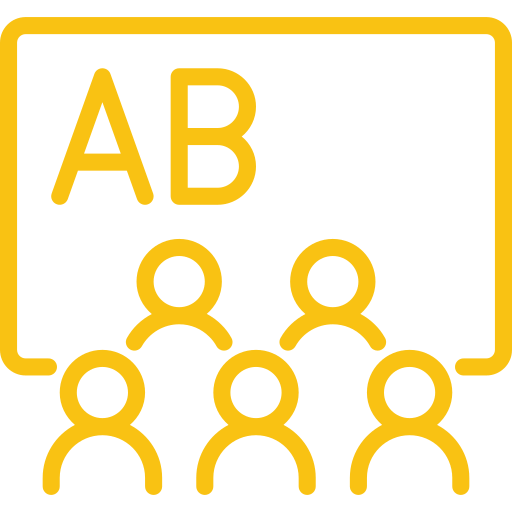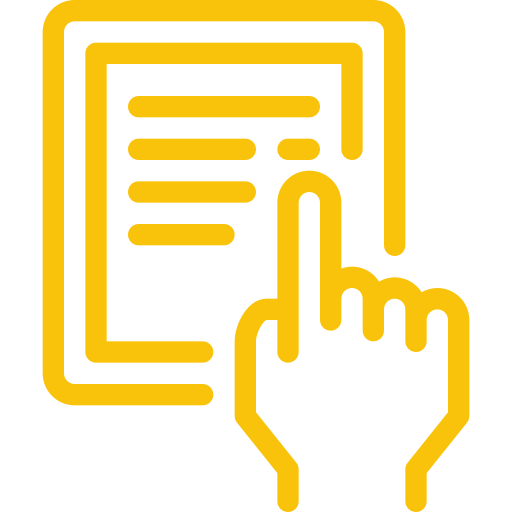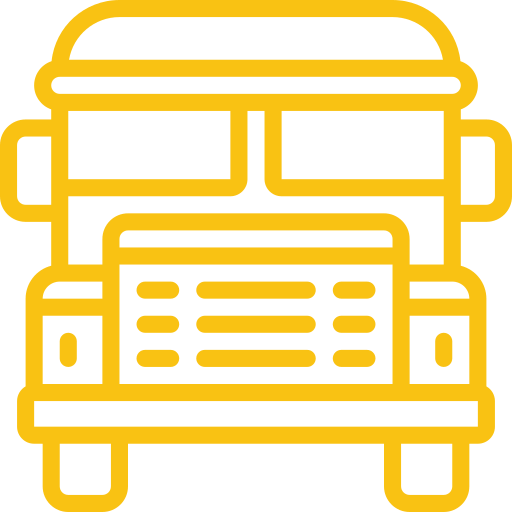Have you ever noticed how some classrooms are alive with excitement and active participation, while others can barely keep students awake (thinking about my US History class in high school, and I loved history)? The secret might just lie in differentiated teaching. This approach isn’t new, but it’s gaining traction for a good reason. Imagine a classroom where each student feels seen, heard, and valued; that’s the power of differentiation at work. When teachers design lessons with everyone’s unique needs in mind, they’re basically unlocking a world of potential across the whole classroom.
Considering the sheer number of learning styles, learning objectives, and readiness levels, it’s no wonder there’s a need for teaching students with effective differentiated instruction styles and techniques. Differentiated teaching can help a student learn, regardless of all the different skills levels in the room.
What Is Differentiated Instruction?
Differentiated instruction is a teaching approach that tailors lessons to meet each student’s unique learning needs, interests, and strengths. It’s all about giving students choice and flexibility in how they learn, while helping teachers personalize the learning experience.
Components of Differentiated Instruction
According to Understood.org, differentiated instruction aims to employ a variety of teaching styles to ensure that students can approach learning in different ways but with the same or similar outcomes. The goal is to stimulate creativity by helping students make stronger connections, understand relationships, and grasp concepts in a more intuitive way.
Tomlinson Model of Differentiation
Carol Ann Tomlinson, a leading expert in differentiated instruction, says that differentiation is rooted in a deep respect for students, acknowledgment of their differences, and the drive to help all students thrive. As Tomlinson et al. explain in a 2003 study, this means teachers proactively modify curricula, teaching methods, resources, learning activities, or requirements for student products to better meet students’ learning needs. It’s a philosophy of teaching that puts the student at the center and adapts to their diverse needs.
*Side note, 2 of our first 10 classes were on differentiation, MTI 525 and MTI 535. And they’re still kicking!
Benefits of Differentiated Instruction
So why bother with differentiated instruction? Because the benefits are huge – for both students and teachers. The differentiating process allows you to provide students a classroom environment.
Gives Students an Active Role
With differentiated instruction, students have constant access to learning materials of varying levels of difficulty. They can advance their learning at their own pace by having choice in assignments and using personalized learning methods. This puts students in the driver’s seat of their own education, making them active participants rather than passive recipients. Differentiated instruction is designed to maximize the learning of all students, whether they’re average learners, English-language learners, struggling students, students with learning disabilities, or gifted and talented students. As noted by Understood.org, it’s a framework that teachers can use to apply a variety of strategies to meet diverse learning needs. One size definitely does not fit all when it comes to education, and differentiated instruction recognizes that.
Encourages Student Engagement
When students have options and feel like their individual needs are being met, they’re more likely to be engaged in the learning process. Differentiated instruction can take many forms, from using leveled texts to presenting ideas through both auditory and visual means to varying the types of assignments students complete. The key is to offer multiple pathways to learning that resonate with different students, keeping them interested and motivated. Every student is unique, with their own background, experiences, interests, and learning preferences.
Differentiated instruction honors these differences by adapting the learning process, content, product, or environment to suit individual students or groups of students. A 2019 review defined differentiated instruction as “planned adaptations in process, learning time, content, product or learning environment for groups of students or individual students” based on factors like readiness, prior knowledge, learning preferences, and interest. By tailoring teaching to the individual, differentiated instruction shows students that their differences are valued and respected.
Students respond when they have some “skin in the game” when it comes to making decisions in the classroom, especially when it involves letting students explore and learn material that they are naturally curious about.
Supports Student Equity
In today’s diverse classrooms, differentiated instruction is more important than ever for supporting student equity. As noted by policy-makers and researchers, teachers need to embrace diversity and adapt their instruction to the varied learning needs of students in their classrooms. Differentiated instruction ensures that all students, regardless of their background or ability level, have access to the support and resources they need to succeed. It levels the playing field and gives every student a fair shot at academic success.
Tiered activities can help you provide the best education for academically diverse classrooms. Allowing students to complete tasks of different levels allows them to all find success, despite individual readiness levels that can be worlds apart. You can have a student at a basic level learning right next to students at the highest level. This means you many have to vary the assignments required to meet learning for your class, but it’s also encouraging students to work based on their learning profile.
Differentiated Instruction Strategies
So how can teachers actually implement differentiated instruction in the classroom? Here are some key strategies:
Conduct Ongoing Assessments
To effectively differentiate instruction, teachers need to have a clear understanding of each student’s needs, strengths, and progress. That’s where ongoing assessments come in. By regularly assessing students in various ways – from traditional tests to projects to informal observations – teachers can gather the data they need to tailor their instruction. A 2017 study highlighted the importance of teachers using assessments to inform their implementation of differentiated instruction in the classroom.
Assign Fulfilling Tasks
Not all assignments are created equal when it comes to differentiated instruction. The key is to design tasks that are both fulfilling and appropriate for each student’s skill level. As education expert Larry Ferlazzo explains for Education Week, this could mean giving students options for demonstrating their learning, like taking a traditional test, giving an oral presentation, or completing a group project. The goal is to provide multiple pathways for students to engage with the material and show what they know in a way that plays to their strengths.
When you have students learning in ways that they can excel, you make learning fun. Most classes are academically diverse, so finding a way to encourage students to vary the product is a great way for students to show their thinking skills.
Vary Student Groups
Grouping students based on their skill level or learning style is a key component of differentiated instruction. But as a 2016 meta-analysis found, it’s important to vary these groups over time and not keep students in fixed ability tracks. Flexible grouping allows students to work with a variety of peers, learn from each other, and get the targeted support they need at different points in the learning process.
Build Classroom Rapport
For differentiated instruction to be effective, students need to feel safe, supported, and respected in the classroom. Building strong relationships with students and fostering a positive classroom culture is essential. As educational consultant Lisa Westman notes in an article for Verywell Family, in a differentiated classroom, “everyone is learning, including the teacher.” When teachers take the time to get to know their students as individuals and create an environment of trust and collaboration, differentiated instruction can thrive.
Differentiated Instruction Examples
Want to see differentiated instruction in action? Check out this real-world example: In an elementary school art class, the teacher is introducing a new project on self-portraits. To differentiate the lesson, she:
- Provides a variety of art materials for students to choose from, including paint, colored pencils, and collage supplies
- Offers a choice of project formats, such as a traditional portrait, a abstract representation, or a mixed media piece
- Gives students the option to work independently or in small groups
- Provides additional support and guidance for students who need it, while allowing more advanced students to work independently
- Encourages students to reflect on their artistic process and set individual goals for the project
By providing multiple entry points and pathways for learning, the teacher ensures that every student can engage with the project in a way that is meaningful and appropriate for their skill level and interests. As students work on their self-portraits, the teacher circulates the room, offering feedback, support, and encouragement. She also facilitates class discussions where students can share their work and learn from each other. The end result is a vibrant and diverse collection of self-portraits that showcase each student’s unique perspective and abilities. And more importantly, every student has had the opportunity to learn and grow in a way that honors their individual needs and strengths. This is the power of differentiated instruction in action – meeting students where they are and helping them reach their full potential.
Differentiated instruction shakes up the traditional classroom to meet every student’s needs. It involves changing how we teach and what students do, making learning personal and powerful. Teachers mix it up with various teaching styles, materials, and assignments so everyone can get in on the action at their own pace. This approach not only respects but celebrates individual differences, pushing all students towards success.
FAQs in Relation to Differentiated Teaching
What is the differentiated method of teaching?
The differentiated method of teaching involves tailoring lessons to meet each student’s needs, styles, and pace. It’s essentially a custom-fit education.
What is an example of differentiated learning?
An example of differentiated learning could be a teacher using group work, solo projects, and visual aids to ensure all students grasp the lesson.
What are the 3 elements of differentiated instruction?
The three major elements of differentiated instruction are content (what we teach), process (how we teach it), and product (the outcome).
What are four ways to differentiate learning?
Four ways to differentiate learning include flexible grouping, varied assignments, personal interests explorations, and adaptive assessment methods.
Conclusion
As we’ve dived into the depths of differentiated teaching, it’s become clear that this approach isn’t merely a set of tactics for education; it’s truly about injecting vitality and enthusiasm into every lesson. From understanding its components as per Carol Ann Tomlinson’s model to exploring practical steps for implementation—this is about creating spaces where all learners thrive. We saw how making room for individual differences not only supports academic growth but nurtures confidence and curiosity too.
So here we are at the crossroads between traditional one-size-fits-all education methods and a future brimming with possibilities through differentiation. Remember, differentiating instruction doesn’t have to be daunting—it invites us on an exciting path towards more inclusive and effective teaching. And really, isn’t that what education should be about? Encouraging exploration and celebrating uniqueness in every learner’s journey.
And if you’re looking for courses on differentiated instruction, join us at MTI. We’d love to help you on your journey.





















